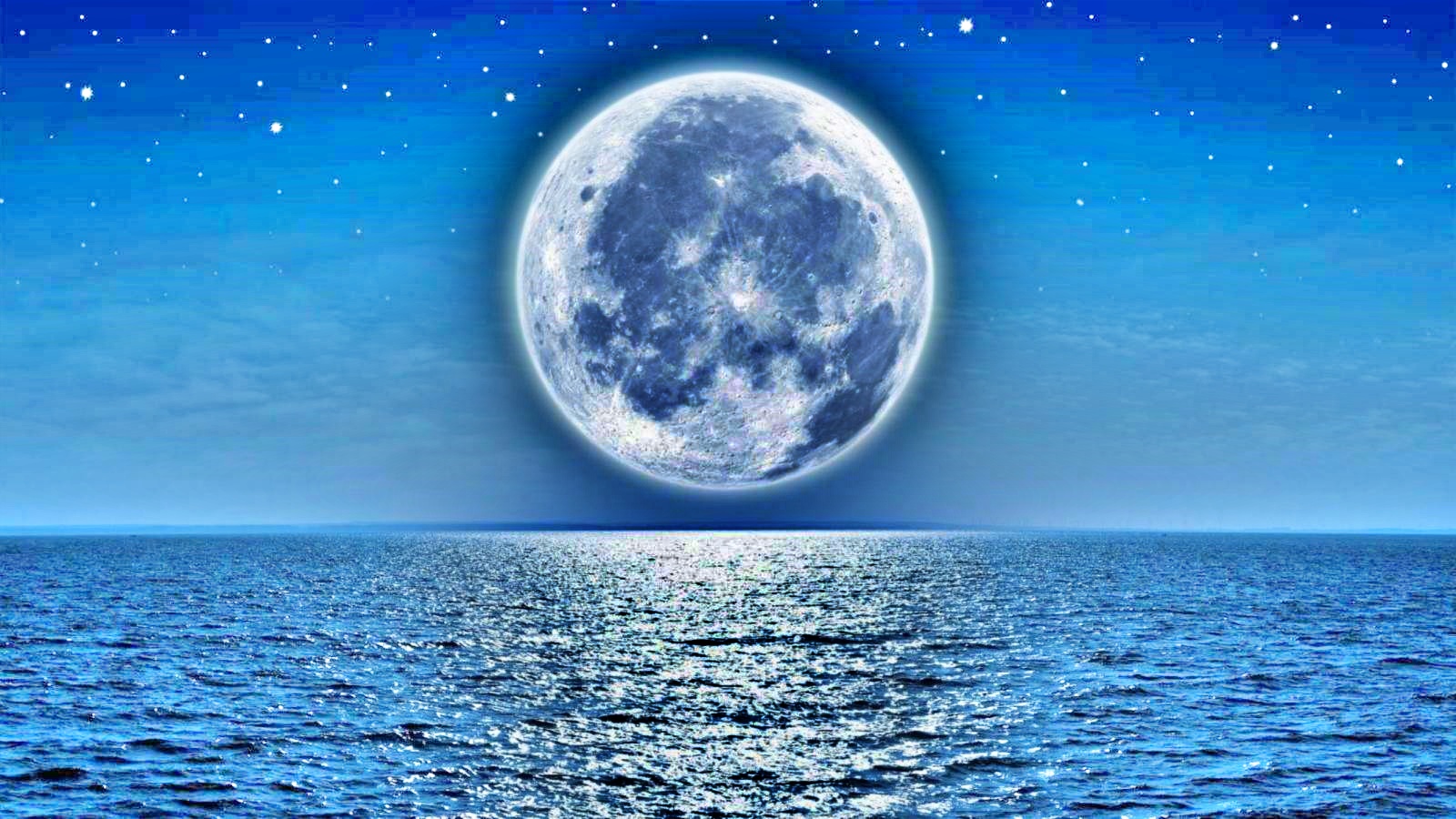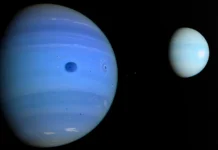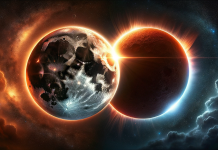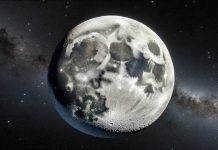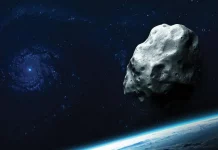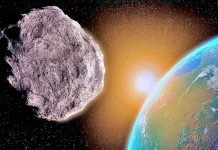Today, the MOON is at the center of an extremely important announcement that targets all of humanity, and this is because we are talking about something that could contribute substantially to the elucidation of the mysteries of the universe. More precisely, China has announced that by 2024 it will send a new mission to the moon called Chang'e 6, and its objective will be to collect samples from the dark side of the Earth's natural satellite, an area not very well explored.
The MOON has been explored by more and more people for some time, and the scientists even recently sent a robot into the dark area of the Earth's natural satellite to record new images, but it wants to do more. The Chinese have recently recovered a series of samples taken from the moon by the robot recently sent there, he went to a crater in the area of the south pole of the dark side, and the problems could be the "youngest" lunar rocks brought to Earth so far .
MOON: INCREDIBLE announcement, what Impact it can have for Humanity
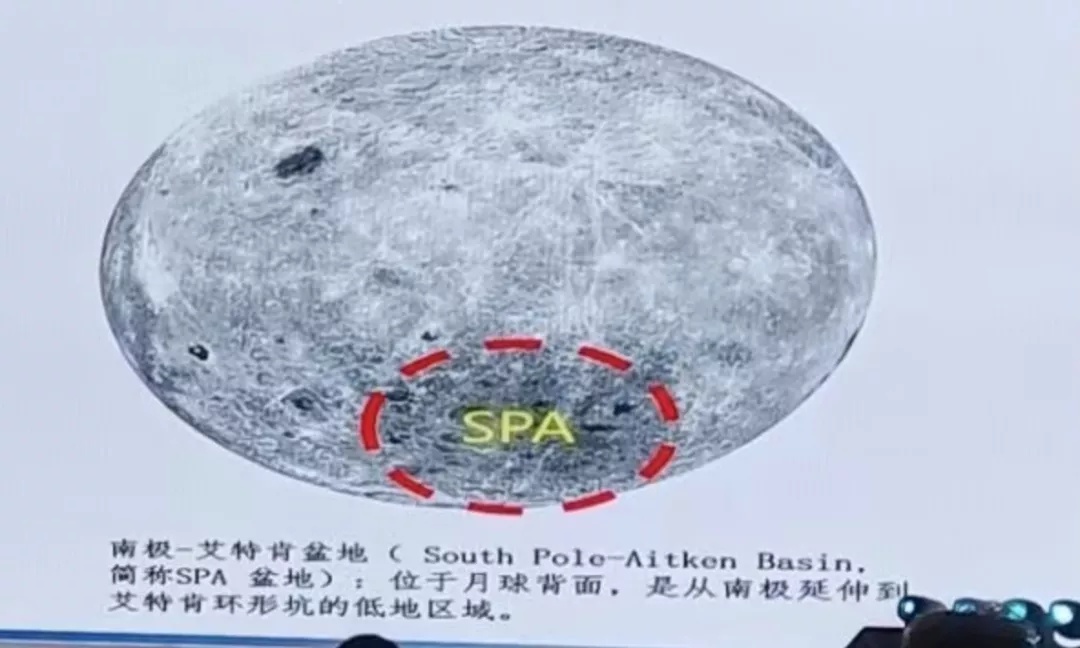
The MOON is to be explored even more with the Chang'e 6 mission, and this is because the spacecraft and the robot that will be sent by the Chinese will also reach the South Pole area. There is a crater over 2500 kilometers long, and scientists consider it to be one of the oldest on the moon, so it is possible to find rocks that have not been analyzed by any space agency until now, but the situation will change.
The MOON has an exploration of that area of its dark side after NASA did not make this objective a priority and did not want to explore that area in any way. The Chinese still want to show that they can do more, so the mission that will reach the year 2024 could reveal secrets from the moon that have been hidden there for hundreds of millions, or maybe even billions of years, but everything remains seen somewhere in the future.
The MOON still has many areas from which samples can be taken from the ground, but more missions are needed to bring more samples to Earth.


